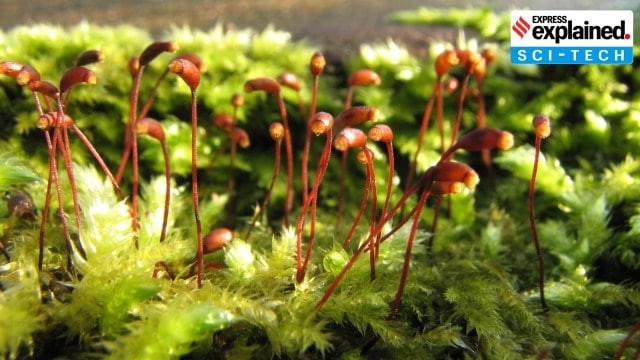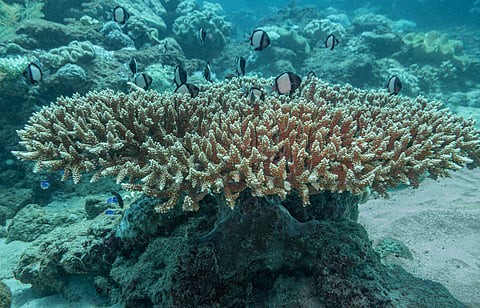




Source: HINDU
Disclaimer: Copyright infringement not intended.
The Colossal Squid has recently gained attention due to new research insights into its anatomy and ecological importance.
Its adaptations to the deep Southern Ocean continue to intrigue scientists highlighting the significance of deep-sea biodiversity conservation.
|
Aspect |
Details |
|
Scientific Name |
Mesonychoteuthis hamiltoni |
|
Habitat/Distribution |
Found in the icy depths of the Southern Ocean near Antarctica. |
|
Conservation Status |
Listed as Least Concern by the IUCN Red List. |
Size and Weight
Can grow up to 7 meters in length.
Can weigh as much as 500 kilograms.
Body Structure
Soft bodied like an octopus but bulkier and longer.
Tube shaped body with huge eyes (largest in the animal kingdom).
Equipped with arms and tentacles having suckers to grab prey.
Features sharp, swiveling hooks on its tentacles — unique among squids.
Juvenile Appearance
Young squids are nearly transparent giving a glassy, ghost-like appearance.
Adult Appearance
Develop a deep red or purplish color.
Possess thick, muscular arms and a massive, heavy body.
Vision
Largest eyes ever discovered in any animal (about the size of a soccer ball).
Specialized to detect prey and predators in the pitch-black ocean depths.
Gigantism
A result of cold temperatures and scarce food resources in deep-sea ecosystems.
Large Eyes
Help detect minute light sources or bioluminescent signals in the dark deep-sea environment.
Hooks on Tentacles
Allow stronger grip on slippery or fast-moving prey.
Slow Metabolism
Adapted to conserve energy in low-food, high-pressure environments.
Likely includes large deep-sea fish, smaller squid species, and other marine organisms.
Mainly hunted by sperm whales evidenced by scars and squid remains in whale stomachs.
|
Aspect |
Details |
|
Ecological Role |
Acts as both predator and prey in the deep-sea food web. |
|
Scientific Significance |
Offers critical insights into deep-sea gigantism and adaptation strategies. |
|
Conservation Relevance |
Deep-sea creatures like the colossal squid are indicators of ocean health. |
Sources: HINDU
|
PRACTICE QUESTION Q. With reference to the Colossal Squid consider the following statements: 1.It is found mainly in the Northern Pacific Ocean. 2.It possesses swivelling hooks on its tentacles. 3.It has the largest eyes ever recorded in any animal. 4.It is listed as Critically Endangered on the IUCN Red List. Which of the statements given above are correct? (a) 1, 2 and 3 only Answer: (b) Explanation: Statement 1 is Incorrect. Colossal Squid is found in the Southern Ocean near Antarctica not the Northern Pacific. Statement 2 is Correct. They have sharp, swivelling hooks on their tentacles which is unique among squids. Statement 3 is Correct. They have the largest eyes discovered in any animal. Statement 4 is Incorrect. It is listed as Least Concern not Critically Endangered. |







© 2025 iasgyan. All right reserved